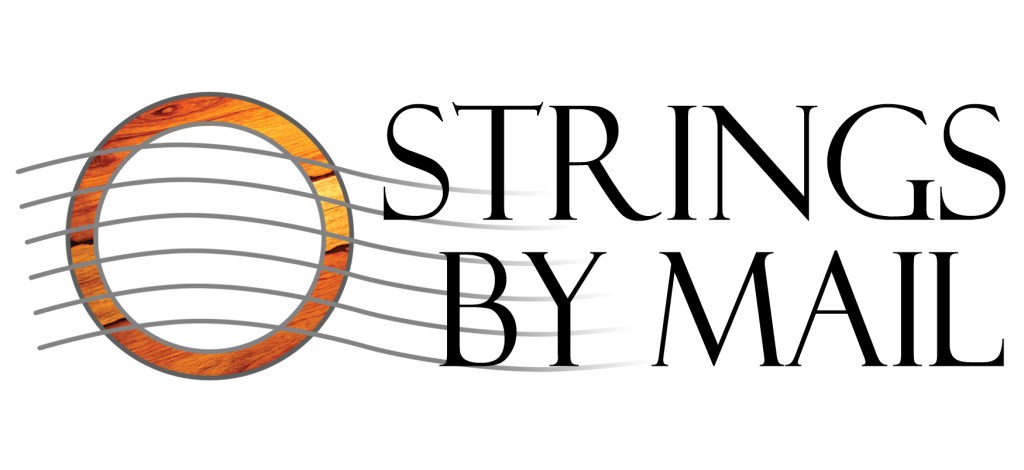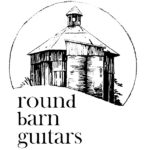Spanish Construction Method
This is a hands on process and a throwback to the methods of luthiers two hundred years ago. Not all custom guitars are built using hot hide glue. As the name suggests, this is an animal-based product. It is extremely strong yet can be undone using hot water if repairs are ever needed.
The sides are formed using three laminations. The outer lamination is the decorative wood that matches the back. The middle lamination is a light-weight wood, often maple, that glues well to other wood. The interior lamination, which can be seen through the sound hole, is often chosen with its appearance in mind.
The laminations are glued together using epoxy glue and a form which is placed in a large plastic bag. A vacuum pump removes the air from the bag and the side laminations are perfectly bent against the form. Laminated sides are stronger and usually weigh less than one-ply sides.
Old Style Construction Methods – A CNC Machine . . . . Really??
The most exacting job we do with the CNC is the fretboard (see the video above!). Every fret is marked with the CNC bit and the fretboard surface is machined to a constantly changing radius to provide better playability. The CNC machine does this to within 0.003” and the target is always the correct position. If one is marking fret positions by hand, any error that gets built in at any position is likely to carry through to all the remaining fret locations. That doesn’t happen when the CNC does it. Any fine player will tell you that having a guitar that plays in tune all over the fretboard is an absolute must.
We also use the CNC to shape bridges and to cut out the slots for the tuning machine rollers. There is another one-off use for the CNC machine. All the forms and fixtures that are used at various points of the build are produced using the CNC. Having these items that are required to build guitars over and over again as close to perfect as possible enables us to deliver a consistent, quality product. We do limit CNC use because our instruments don’t fall into the factory mass-produced category. This includes necks, especially the heel, which are always shaped by hand and by feel.
Strings By Mail, located in beautiful Traverse City, MI, is the string supplier of choice for all Round Barn Guitars instruments. They offer a great selection and super customer service.


